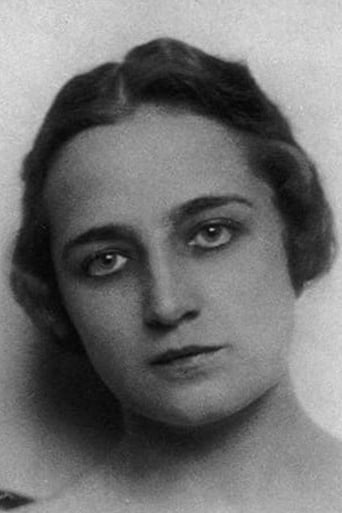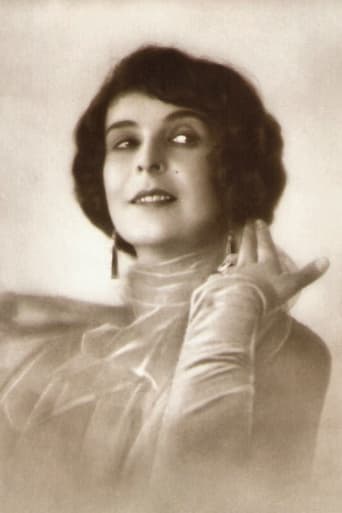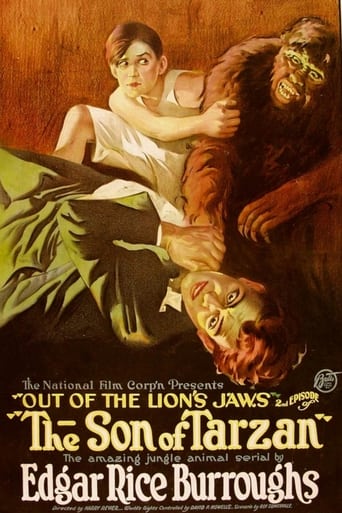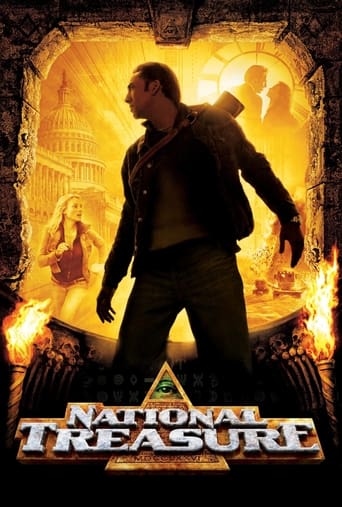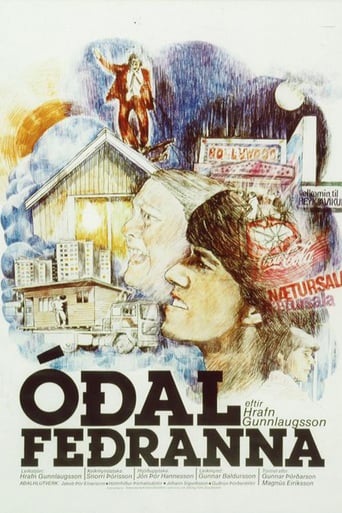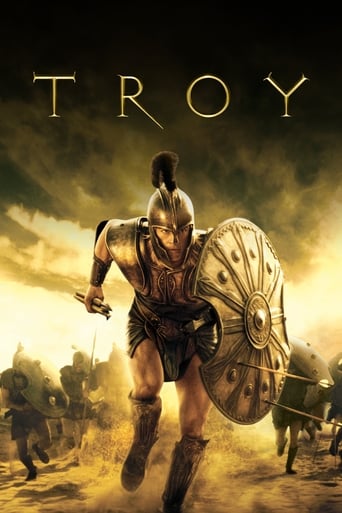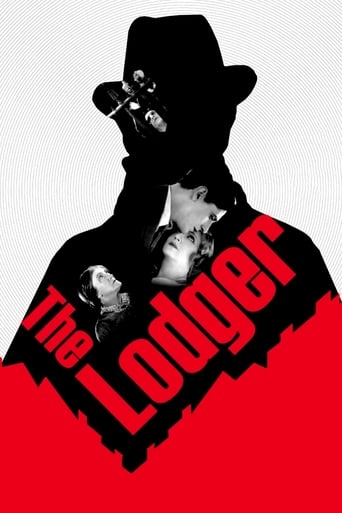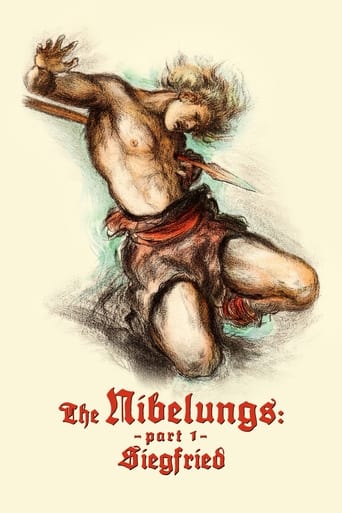

Die Nibelungen: Siegfried (1924)
Siegfried, son of King Siegmund of Xanten, travels to Worms, capital of the Burgundian kingdom, to ask King Gunther for the hand of his sister, the beautiful Kriemhild.
Watch Trailer
Cast


Similar titles
Reviews
Too much of everything
Very interesting film. Was caught on the premise when seeing the trailer but unsure as to what the outcome would be for the showing. As it turns out, it was a very good film.
After playing with our expectations, this turns out to be a very different sort of film.
Blistering performances.
I think this is an important film to see even for historical reasons, since after "Die Nibelungen" (1924) Lang would make "Metropolis" (1927), something for which he is best remembered. But more importantly, this is in my mind astonishingly gripping and the far more satisfying film (or two). It's fascinating how different the two parts are. As they are, their respective brilliance shines brightly, individually, and in itself the film as one grand epic reinvents itself come the revenge story of the latter half. The first film is the fantastical one, precursor to what we have now as high fantasy adaptations, mainly "The Lord of the Rings". In this sense "Siegfried" is shockingly modern, and here Lang succeeds far better than in "Metropolis", where he didn't have a national epic upon which to project the visual aesthetics, instead his own sense of national identity projected into a perceived future or alternate present. This is surprisingly lucid, which itself is a testimony of its filmic brilliance.The court at Worms is as rigidly symmetrical and foreboding as one can be, and the film is full of such visual information, rigid symmetry that I bet greatly inspired Eisentein's "Ivan Groznyi" films (1944, 1958). In fact, I would love to see these masterworks by the two directors together someday, since their similarities go beyond style and visual language, also converging in their handling of national folklore in highly theatrical terms.The new restoration of the project, made by the Friedrich-Wilhelm-Murnau-Stiftung, is available on Blu-ray in both Region A and B, courtesy of Kino and Masters of Cinema respectively. What a treasure! In fact, the more I think of it, I can't wait to revisit it again.
Having long been familiar with Lang's early German silent work (I watched Metropolis and Die Frau im Mond as an adolescent), I was eager to experience Die Nibelungen. I was familiar with the narrative, having read an English prose translation of the Nibelungenlied during my student days. It is from the poem, rather than Wagner's opera cycle, that Lang wisely chooses to source most of his material.Fantasy has never been my favourite genre but the result here of the marriage of the great director and the great source material is simply stunning. The greatest achievement, to my mind, is that it manages to balance the epic with the personal making this journey through vast sets an emotional one. Even though the characters as written are largely one dimensional, the actors and actresses manage to overcome this and the absence of dialogue to make them sympathetic, rounded figures.Much has been written about the grandiose sets and the way they foreshadow Hitler's ideological understanding of architecture. Irrespective of that, they work in providing scale to the story. A petty tribal dispute becomes an epic story which will impact on the course of European history.Nevertheless, with regard to politics, origin myths are extremely powerful and have enormous power to shape a people. The Romans were very much formed by the story of the clash between Romulus and Remus, whilst the ancient Israelites would not have been so distinctive without the powerful, strikingly different story found in Genesis that contrasted so sharply from the myths of their neighbours. Likewise, as a story at the very foundation of the German character, this myth should be treated with caution. Here duty and loyalty take precedence over all other virtues, including compassion and justice, the female characters are burning for vengeance, most disturbingly, warriors are depicted in an heroic light. Of course, these are all traits the Nazis would exalt. It is to the enormous credit of modern-day Germans that they have shed most of these traits so I wonder to what degree the the Nibelungenlied still resonates with them.Finally, the film features a wonderful nature/season motif, which climaxes with the shot of the bush transforming into a skull. These tribes-people are slowly evolving into Christians yet they remain close to the pagan/nature world at this stage of the Dark Ages.Overall, this film has brilliant sets, cinematography, acting and motifs but I feel that it does to some extent foreshadow the dreadful events that were soon to occur. It should act as a warning to young nations like the Australia, of the dangers of an origin story that seeks to foolishly glorify events like Anzac Day.Nevertheless, politics aside, this is a stunning film for its technical achievements, huge scale and sheer emotion.
essential viewing (and listening)...the newly-restored Munich Film Archives dvd of this film is simply wonderful. the G. Huppertz score is a marvel (lovingly restored by Erich Heller making use of the widow's piano score). Kurosawa's tribute to this classic can be seen in his handling of the "siege of the third fire tower" in RAN)...and, of course, Kriemhild's vindictive widow was the model for the Wicked Witch in SNOW WHITE... a landmark of international cinema: not to be missed.
I'll say this up front: this film can move very slowly at points. Also, I saw it in a theater with live piano accompaniment, and it's likely to be much less impressive on a smaller screen. I doubt the video print is very good, since I am familiar with other tapes that that company has distributed. Despite its slow points, when Lang and crew create the numerous set pieces, watch out: you're in for some of the greatest scenes of filmdom. I'd also like to point out that, as someone who is quite familiar with the original poem, I'll tell you that source material often moves a lot slower than this film does. As a technical marvel, I don't think some of the stuff here was surpassed until very recently, except maybe in King Kong. It's even more amazing to behold than Metropolis, Lang's next and much more famous film. All of the effects might seem dated now, but anyone who appreciates early cinema will easily fall in love. The film opens with Siegfried's infamous battle against the dragon. A bit of trivia: this scene is not in The Nibelungenlied. It is briefly mentioned in the first lay by Hagen as having happened a while ago. However, this is the one scene from this movie which is widely remembered, and for good reason. The dragon is amazingly created, nearly on the level of the dinosaurs from The Lost World and King Kong. Unlike them, though, it is a puppet and not stop motion. As far as puppetry goes, it surpasses most of the muppets of Return of the Jedi by leaps and bounds. Unfortunately, as lifelike as they made it, the dragon is not at all that fierce. It almost looks like a friendly dog (it even wags its tail as Siegfried valiantly rushes at it, sword aloft). When it is supposed to be roaring at Siegfried, the audience was giggling; it looked more like it was yelping. As a result, the depiction of Siegfried begins to come off as satirical (probably not intended, but it makes things more interesting). There is a major strain of Niebelungenlied scholarship which sees Siegfried not as the hero, but as the aggressor.The second major set piece involves the battle with Alberich, the Nibelung, an episode that occurs a bit later in the poem, from whom he wins the cloak of invisibility, a horde of treasure, and Balmung, his famous sword. The mythological characters in this episode are awesome to behold in their costuming (and simply in the casting, which is perfect throughout; the creatues in the film's first scene, in which Siegfried is forging his sword, are great, too), especially the dwarves who balance the pot full of treasure on their backs. The best scene in the film occurs in the next chapter, the dream of Kriemhild, which is animation done in sand. Other great scenes in the film include the crossing of the lake of fire, the battle between Brunhild and Gunther (with an invisible Siegfried helping him), the wooing of Brunhild, the quarrel between the queens, and the hunt. As far as I remember, only the war with Denmark is left out, which happens in the poem before they go to Iceland for Brunhild. It's not missed.Special attention must be given to the miraculous casting. Paul Richter plays Siegfried as the hero to beat all heroes. With his blonde, flowing hair, he marches across the world blindly performing great deeds and talking to birds (the look on Richter's face when he starts to hear birds talk is priceless). He's too naive to see the trouble he causes as he dishes out treasure to the poor (a wonderful touch; Lang doesn't even draw attention to how this angers the Burgundians in their dialogue, but only in their expressions). As many scholars have proposed, Siegfried's actions all suggest that Worms is in iminent danger of being usurped by him. Margarethe Schoen may not have been the best choice for Kriemhild. The actress is so manly that I assumed that an actor was playing her. She is supposed to be the most beautiful woman in the world. The actress does emote quite well, however. Now, Hannah Ralph, who plays Brunhild, exudes a manliness that her part requires. She's supposed to be a warrior maiden. Ralph does a great job conveying Brunhild's cunning, bitterness, and cruelty. Theodor Loos, who plays King Gunther, is absolutely perfect. I couldn't have imagined him better. His face exhibits both his moral predicament and his supreme inadequacy that the poem spells out so clearly. Hans Adalbert Schlettow plays Hagen. His costume may be a bit overwrought (a huge, gnarly beard, a furry eye patch, and an enormous helmet with eagle wings reaching a foot and a half upwards), but the actor's perfect for the role, although he might be too old. His age makes me wonder how he's going to fight like a demon in Kriemhild's Wrath, the second part of the film, which I'll see tomorrow. I'm very eager to see how Lang and Thea von Harbou, his wife ans screenwriter, will make the remaining half of the epic interesting on film. It's nothing but battles. Volker and Gunther's brothers are also well cast, although they'll probably be more important in the second half, that is, if the poem is followed as closely as it is here. 8/10.



